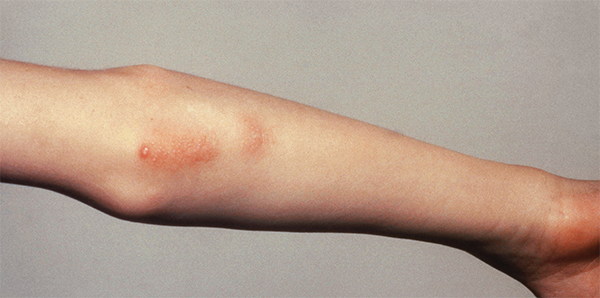Although most systemic juvenile idiopathic arthritis patients don’t develop macrophage activation syndrome (MAS), the approximately 10% who do have this serious complication can experience widespread, massive inflammation, debilitating symptoms and even death.
To improve understanding of MAS among physicians and advance efforts to develop effective therapies to treat it, a panel of 28 international pediatric rheumatologists and pediatric hematologists collaborated to create new set of classification criteria for this severe, systemic inflammatory process. These new criteria were developed as a collaborative project of the American College of Rheumatology (ACR), the European League Against Rheumatism (EULAR) and the Paediatric Rheumatology International Trials Organisation (PRINTO).
Classification criteria can help rheumatology researchers more accurately identify patients to be enrolled in clinical trials, says one of the panelists involved, Rayfel Schneider, MBBCh, FRCPC. Dr. Schneider is professor and associate chair of the Department of Paediatrics at the University of Toronto and Hospital for Sick Children in Toronto, Ontario. Because MAS can be deadly, high-quality trials for new therapies are crucial, spurring the major rheumatology research organizations to collaborate to develop new classification criteria.

Elbow of a patient with juvenile idiopathic arthritis, sometimes called juvenile rheumatoid arthritis or adolescent-onset Still’s disease; the most common form of arthritis seen in children and adolescents.
“MAS can rapidly progress to multi-organ failure, associated with significant mortality,” says Dr. Schneider. “Early diagnosis and treatment are essential. The absence of validated diagnostic criteria makes the early diagnosis of MAS challenging.”
Classification criteria differ from diagnostic criteria in that they provide a standard profile of a patient with a particular condition, and their purpose is to improve the interpretation of findings from different studies. The new MAS in systemic JIA classification criteria were simultaneously published in March in the journals Arthritis & Rheumatology and the Annals of the Rheumatic Diseases.1
Based on the results of this multi-year, multi-step process to evaluate existing criteria and achieve high consensus on which ones were most useful in recognizing an MAS patient, the panel produced these criteria:
“A febrile patient with known or suspected systemic juvenile idiopathic arthritis is classified as having macrophage activation syndrome if the following criteria are met: Ferritin >684 ng/mL and any two of the following: Platelet count ≤181 X 109/L; aspartate aminotransferase >48 units/L; triglycerides >156 mg/dL; or fibrinogen ≤360 mg/dL.”
Broad Consensus
This large-scale project and the selection of the international panel to produce the new criteria was coordinated by Angelo Ravelli, MD, of the Universita degli Studi di Genova and Istituto Giannina Gaslini in Genoa, Italy, and Randy Q. Cron, PhD, of the University of Alabama at Birmingham.
